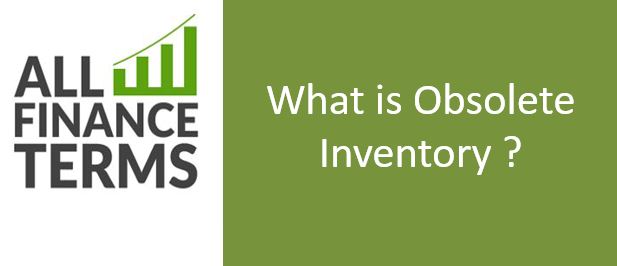Definition of Obsolete Inventory
Obsolete inventory is a term that represents inventory that is at the end of its item lifecycle and has not seen any product sales or utilization for a few days usually identified by the market.
Brief Explanation of Obsolete Inventory
This type of inventory has to be published down and can cause huge failures for an organization. It is also identified as “excess inventory” or “dead inventory”. Large levels of obsolete inventory are a danger indication for investors: they can be characteristic of inadequate items, inadequate control predictions of requirement, and inadequate inventory control. Looking at the amount of obsolete inventory an organization makes will give traders an idea of how well the item is promoting and of how effective their inventory process is. Bookkeeping guidelines require organizations to set up a source account for obsolete inventory on their stability linens and cost their obsolete inventory as they dump it, which decreases income. Thus, it can make huge failures. In a more user-friendly sense, obsolete inventory is an indication that an organization may have “fallen behind the times,” because the requirement for its one or more of its items has clearly dropped. On the other hand, it might also indicate inadequate control methods, in that organizations may have requested or produced too much of an item due to inadequate product sales predicting methods, inadequate inventory control, rigid functions or too much unrealistic.


